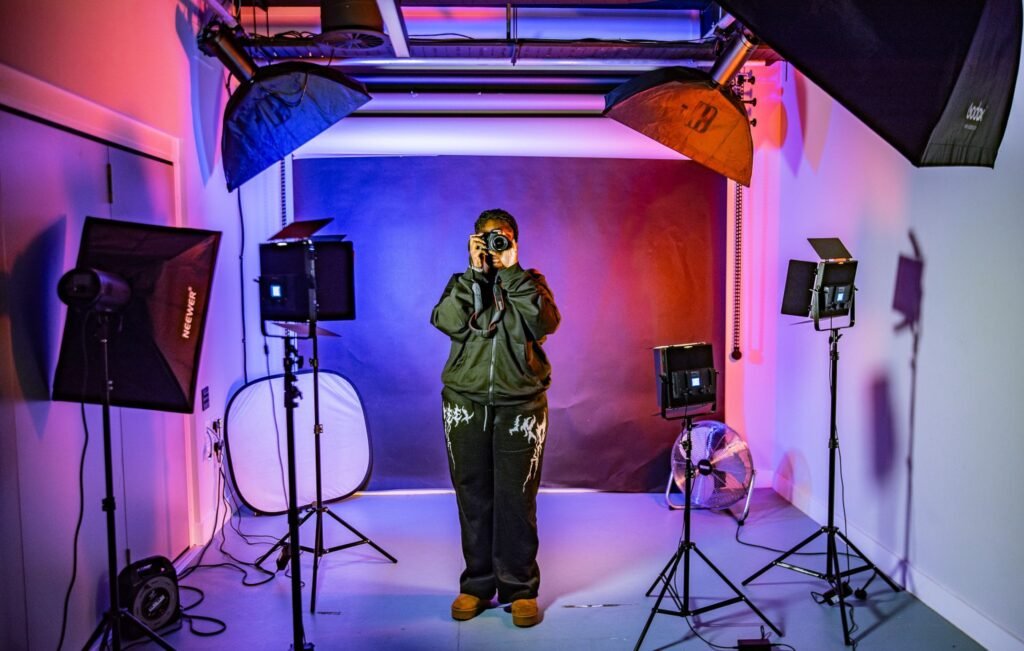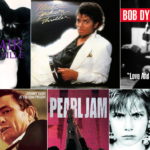Music Videos: A Creative Journey
Music videos have been a vital part of the music industry for decades, evolving from simple promotional tools into high-budget, creative works of art that have influenced global culture. These short films or clips combine the power of visuals and music to enhance the listener’s experience, adding a new layer of storytelling and creativity. As digital platforms like YouTube have made music videos more accessible than ever, their role in shaping music culture and trends has never been more significant. For those who enjoy engaging content, gambling360 free online casino games provide an interactive experience where the thrill of music and entertainment intersects.
The Beginnings: Music Videos as Promotional Tools
The concept of music videos dates back to the 1950s, but it was the 1980s when they truly began to shape popular culture. Music videos were initially created as promotional tools to help sell singles and albums, but artists quickly realized the potential of visual storytelling. The release of Michael Jackson’s “Thriller” in 1983 is often regarded as one of the most iconic moments in music video history. Not only did the video take the music video format to new heights in terms of narrative and production value, but it also solidified the genre as a key part of the music business.
While exploring innovative visual storytelling in music videos, I recently discovered how gaming platforms are embracing similar artistic approaches. The creative team behind stellarspins Official Site has been incorporating cinematic techniques that rival modern music video production.
Their visual design philosophy shares surprising parallels with the work we showcase here – particularly in how they use color grading and motion graphics to enhance user engagement.
It’s fascinating to see how different entertainment mediums continue to influence each other’s visual language.
The Golden Age of Music Videos: The 1980s and 1990s
The 1980s and 1990s marked the golden age of music videos, with cable channels like MTV providing an influential platform for both emerging and established artists. This period saw the rise of visually stunning and innovative videos, from the surreal imagery in A-ha’s “Take On Me” to the groundbreaking use of special effects in Madonna’s “Like a Prayer.” Music videos became a cultural touchstone, giving birth to unforgettable images and trends that are still referenced today.
The 1990s introduced a wave of diverse music video styles, reflecting the rise of alternative rock, hip-hop, and pop-punk. Videos like Nirvana’s “Smells Like Teen Spirit” and the Beastie Boys’ “Sabotage” were known for their raw energy and rebellious spirit. Meanwhile, pop icons like Britney Spears and NSYNC dominated the airwaves with glossy. Moreover, polished productions, further cementing the impact of music videos on pop culture.
Enhance Your Experience with Online Casino Bonuses
Just as Robert Devico offers valuable insights and innovative solutions, exploring online casino bonuses can provide players with exciting opportunities to maximize their gaming potential.
The Digital Revolution: Music Videos in the Internet Age
The advent of the internet in the late 1990s and early 2000s revolutionize the way music videos were consume. Platforms like YouTube, which launched in 2005, allowed fans to access music videos instantly from anywhere in the world. This created a global stage for new artists and pushed traditional television networks like MTV into the background.
The digital age has also brought new opportunities for interactive and immersive experiences. Artists began experimenting with formats that allowed fans to engage directly with their content. For example, OK Go’s “Here It Goes Again” became a viral sensation, thanks to its creative use of a treadmill choreography and a clever, one-shot filming technique. In the age of social media, music videos became more than just a means of promotion—they became a way for artists to engage with their fan base and create viral content.

Innovative Trends in Modern Music Videos
As we move further into the digital age, the boundaries of music video production continue to expand. Some trends that have emerged in recent years include:
1. Interactive Music Videos
Interactive music videos allow the audience to shape the content they watch. One of the most notable examples is The Weeknd’s “Blinding Lights” experience, which allows fans to interact with the video through video game-style mechanics.
2. Virtual and Augmented Reality (VR & AR)
Technology has enabled the use of virtual and augmented reality in music videos. Artists are now able to create fully immersive experiences for their fans, allowing them to interact with virtual elements and explore new worlds within the confines of a music video.
3. High-Concept Storytelling
Many modern music videos now feature cinematic narratives and high-concept stories. Artists like Childish Gambino (with “This Is America”) and Beyoncé (with “Lemonade”) have created videos that offer social commentary, deep symbolism, and intricate storytelling that extends beyond the music itself.
4. Low-Budget, High-Creativity Productions
While big-budget music videos still make an impact, there has been a rise in low-budget productions that rely heavily on creativity. This trend is often in indie and underground music scenes, where artists use DIY techniques. Also, to create unique and captivating visuals without the need for a large production team.
Mastering the Art of Design and New Creative Ventures
At RobertdeVico.com, we explore the meticulous craft and imaginative vision that goes into bringing a creative project to life, from cinematic set design to captivating art direction. This passion for precision and the thrill of a successful new venture extend beyond the screen, into a vast digital world of fresh possibilities. For those who appreciate a direct and streamlined path to high-energy entertainment, new opportunities await without delay. Find your next creative outlet with seamless access at https://nokyc-casino.io.
Conclusion
The music video industry has come a long way since its humble beginnings as a promotional tool. Today, it is a form of art, storytelling, and cultural influence, with its impact reaching far beyond just the music industry. As digital platforms and technology continue to evolve, music videos will likely continue to be an essential part of how we experience music, offering new, creative ways for artists to connect with fans worldwide.



